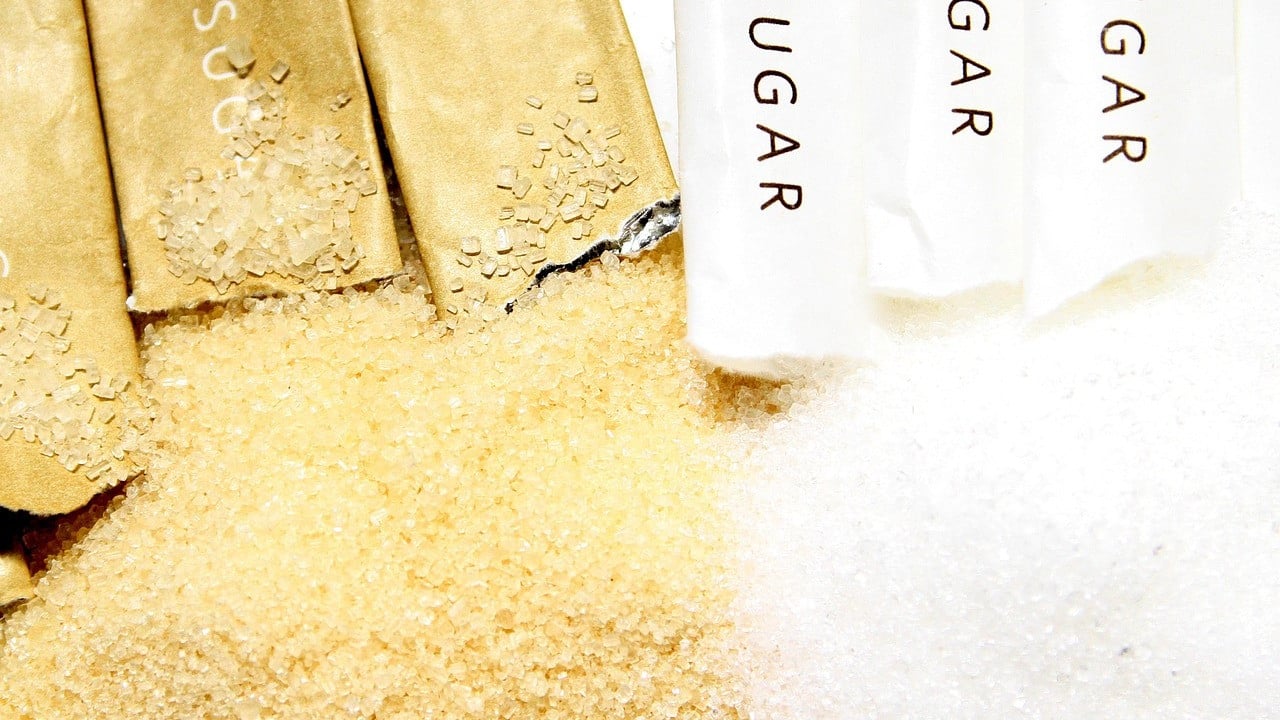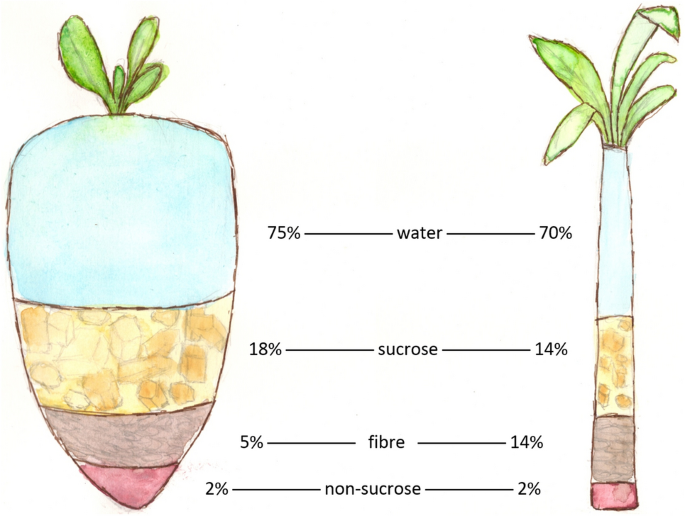The choice between beet sugar vs cane sugar can influence the sweetness level of certain recipes.
The choice between beet sugar vs cane sugar can influence the sweetness level of certain recipes.
Blog Article
Discover the Uses and Advantages of Beet Sugar Vs Cane Sugar in Your Daily Diet
Exploring the distinctive high qualities of beet and cane sugar reveals even more than just their sweetening abilities; it highlights their unique effects on health and cookeries. Beet sugar, recognized for its refined flavor, is commonly favored in delicate treats, whereas cane sugar, with its tip of molasses, adds splendor to durable meals. Each type holds its very own nutritional profile and glycemic implications, inviting a much deeper understanding of their roles in a balanced diet and sustainable consumption methods.
Origin and Manufacturing Procedures of Beet and Cane Sugar

The distinctive environments and dirt types required for expanding sugar beets and sugarcane add to distinctions in their farming techniques and geographical distribution, affecting the business economics and sustainability of their production. beet sugar vs cane sugar.
Nutritional Contrast Between Beet Sugar and Cane Sugar
In spite of stemming from different plants, beet sugar and cane sugar are nutritionally extremely comparable, both mostly consisting of sucrose. Each supplies concerning 4 calories per gram, translating to roughly 16 calories per tsp. Structurally, both sugars are made up of about 99.95% sucrose, with marginal quantities of other materials like dampness and trace element, which do not significantly alter their nutritional accounts.

Ultimately, when picking in between beet sugar and cane sugar based on nutritional content alone, both offer the same advantages and drawbacks as they are essentially kinds of the same molecule-- sucrose, supplying fast energy without other nutrients.
Effect On Wellness: Glycemic Index and Caloric Content
Exploring even more right into the results of beet sugar and cane sugar on wellness, it is image source very important to consider their glycemic index and calorie web content. Both sugars are classified as sucrose, which includes sugar and fructose. This composition leads them to have a similar influence on blood sugar levels. The glycemic index (GI) of both beet and cane sugar is around 65, categorizing them as high-GI foods, which can create quick spikes in blood glucose levels. This is a vital element for people taking care of diabetes or those attempting to support their power degrees throughout the day.
Each type of sugar includes about 4 calories per gram, making their calorie content equivalent. For those checking caloric intake, particularly when taking care of weight or metabolic health and wellness conditions, recognizing this equivalence is crucial (beet sugar vs cane sugar). Nonetheless, extreme usage of any type of high-calorie, high-GI food can add to health problems such as weight problems, cardiovascular disease, and insulin resistance.
Environmental and Economic Considerations of Sugar Production
Beyond health effects, the production of beet and cane sugar also increases considerable ecological and economic concerns. Sugar beet growing tends to require cooler environments and has a reduced geographical impact compared to sugar cane, which flourishes in tropical areas. Both plants are extensive in terms of water use and land occupation, potentially leading to deforestation and water shortage. Economically, the international sugar market Related Site is extremely unpredictable, influenced by modifications in worldwide trade plans and subsidies. Lots of countries incentivize sugar manufacturing through financial backing, skewing market value and influencing small-scale farmers negatively.
Additionally, making use of chemicals and fertilizers in both beet and cane sugar farming can lead to dirt destruction and pollution, additional influencing biodiversity and neighborhood water bodies (beet sugar vs cane sugar). The selection in between growing sugar beet or cane frequently hinges on regional environmental conditions and financial factors, making the sustainability of sugar production a look these up complicated issue
Culinary Applications and Flavor Differences
While the environmental and financial elements of sugar manufacturing are certainly substantial, the choice in between beet and cane sugar likewise affects culinary applications and taste profiles. Beet sugar, obtained from the sugar beet plant, is known for its remarkably neutral preference.
Cane sugar, extracted from sugarcane, often preserves molasses traces, which present a distinctive richness and depth. The mild variant in moisture web content in between beet and cane sugar can impact the appearance and consistency of dishes, making cane sugar a preferred choice for details dishes that benefit from its special buildings.

Verdict
To conclude, both beet and cane sugar have distinct origins and production procedures, supplying comparable nutritional profiles with minor distinctions in salt content and taste. While their influence on wellness, particularly relating to glycemic index and calories, is equivalent, the option in between them typically comes down to environmental, financial elements, and particular cooking needs. Understanding these aspects can direct customers in making educated choices that line up with their wellness goals and taste preferences.
Report this page